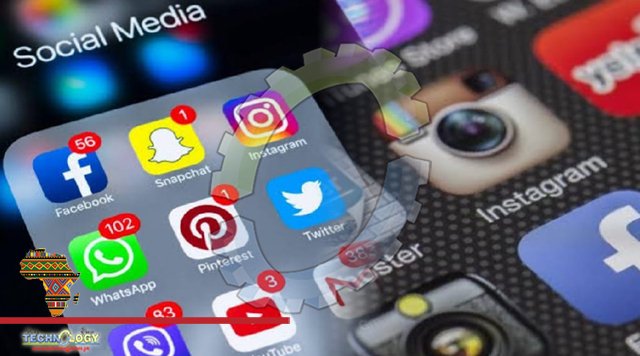What we say and where we say it matters for preventing discrimination, and social media is now a priority.

In 2021, almost half of South African adults – over 25 million people – used social media. Twitter had an estimated nine million users, over 80 per cent of whom were aged between 15 and 44. And social media is widely used for accessing news and current affairs. This powerful medium influences public opinion and can promote and legitimise intolerance, distrust and hate, for example with campaigns like the xenophobic #OperationDudula. But it can also mobilise the public and build solidarity, as the 2015 #FeesMustFall campaign revealed.
In a country where the femicide rate is six times the global average, social media can help prevent gender-based violence. We must also ensure that it isn’t used to further generate violence. The way we talk about things matters. Given social media’s ever-increasing reach, how we ‘speak’ online needs attention. More than ever, online and offline conversations simultaneously influence each other and have serious real-world consequences. This suggests that the boundaries between the online and offline worlds are becoming increasingly blurred.
The rise in social media users has been accompanied by online misogyny – expression and behaviour that reveals a deep contempt for women. A 2020 study on women’s experiences of online gender-based violence in sub-Saharan Africa shows that misogynistic discourse perpetuates and normalises unequal gender norms. This has contributed to online gender-based violence – which includes stalking, hacking and cyberbullying of women by men. Narratives that perpetuate gender inequality in the media are nothing new and occur worldwide. The recent high-profile civil trial between American actors and former spouses Johnny Depp and Amber Heard demonstrates how prolific misogyny can become online.
During the trial, evidence emerged of misogynistic statements made by Depp against Heard. Rather than expressing disgust at Depp, much online content was aimed at humiliating Heard. Many users performed mocking re-enactments of her testimony, lip-syncing along as she recounted the alleged abuse. The audio of her crying became a TikTok trend. Misogyny is amplified on social media perhaps because people feel at ease voicing their opinions from a keyboard or phone, at a distance or hidden behind an anonymous account.
Researchers and politicians have raised concerns about social media’s potential to incite violence and entrench intolerant beliefs. While social media platforms increasingly regulate harmful content, policies differ across platforms and are inconsistently applied So if social media can perpetuate misogynistic and unequal gender norms, could it be used to challenge gender inequality and prevent gender-based violence? Evidence suggests it can. South Africa’s Violence Prevention Forum, a platform for inter-sectoral dialogue to enhance safety, has demonstrated how guided conversations can shift perceptions. And right now, the conversations are on social media
Source: This news is originally published by allafrica